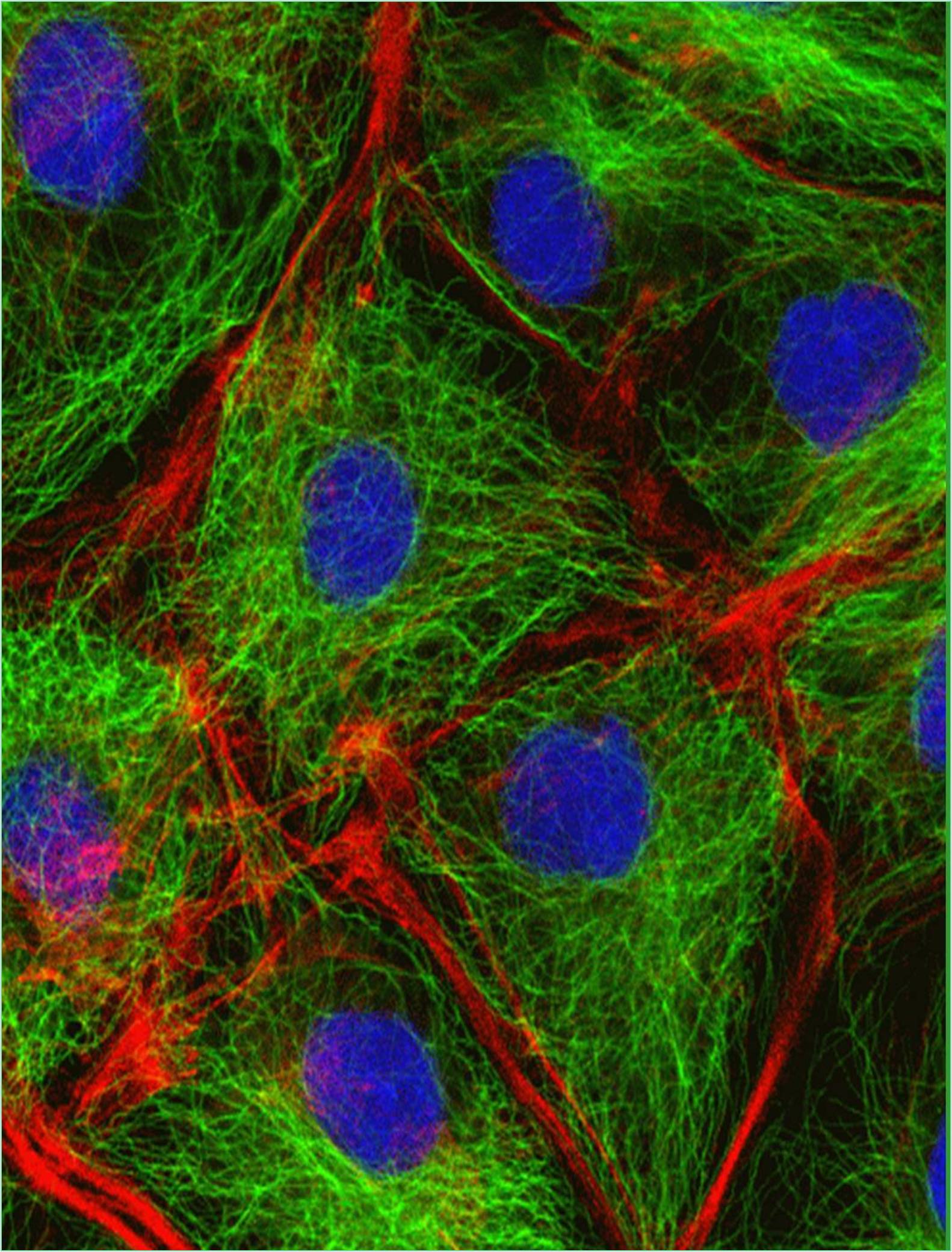



Received: 01-Nov-2022, Manuscript No. GJCMB-22-83153; Editor assigned: 04-Nov-2022, Pre QC No. GJCMB-22-83153(PQ); Reviewed: 18-Nov-2022, QC No. GJCMB-22-83153; Revised: 25-Nov-2022, Manuscript No. GJCMB-22-83153(R); Published: 02-Dec-2022, DOI: 10.15651/gjcmb.22.10.015
Numerous important cellular homeostatic processes, including protein trafficking, sorting, and changes, are known to be supported by the Golgi apparatus. A growing number of disease-related genes are linked to the Golgi apparatus, and their functions are disorders in cancer, infectious diseases, cardiovascular diseases, and neurodegenerative diseases. Numerous studies have recently raised the possibility that diseases may be brought on by mutations in genes encoding proteins that dwell in the Golgi. The majority of these hereditary illnesses have problems in membrane trafficking, according to a summary of their pathophysiology. These flaws frequently cause proteins to be mislocalized and to accumulate degraded proteins.In this study, we want to unravel the interactions connecting Golgi endemic proteins and the cell membrane transport path as well as the pattern of mutations within the genes that code for these proteins. The "cis" face and the "trans" face of the Golgi apparatus are separated by three main compartments, which are structurally polarized. These faces differ biochemically, and each segment's enzyme composition is noticeably different. The cis facial membranes are thinner than the others. The Golgi apparatus typically consists of four and eight cisternae, but in some single-celled species, it can have up to 60 cisternae. The new cells are held together through matrix proteins, while cytoplasmic microtubules sustain the entire Golgi apparatus. The "cis," "medial," and "trans" terms refer to the apparatus' three main divisions. The Golgi apparatus serves as a hub for processing and sorting when moving soluble proteins and lipids to various locations within the cell. Changes to the Golgi apparatus' shape and function should have an impact on the maintenance of cellular lipids and proteins given its crucial involvement in the secretory route. There is growing evidence that the Golgi apparatus, changes to the system and functional disorders, have a role in a variety of human diseases, including cancer, ischemic stroke, pulmonary arterial hypertension, infectious diseases, and neurodegenerative diseases.
There are two primary uses for the Golgi apparatus. Post translational protein modification comes first. Similarly to glycosylation, it is a frequent post-translational modification that takes place in the endoplasmic reticulum and Golgi. The Golgi stacks are used for processing glycan. Second, these transformed cargos must be sorted, packed, routed, and recycled to the proper cellular destinations. The following steps can be used to partition the primary secretory pathway: First, freshly created protein or lipids reach the ER's exit sites and are organized into COPII required budding vesicles. Second, vesicles travel to the non-binary network after passing via the ER-Golgi intermediary compartment. Finally, proteins or lipids pass from the cis- to the trans-Golgi cisternae by entering the cis-Golgi cisternae. For the Golgi apparatus to function normally, it must maintain its structural integrity, and fragmentation of the Golgi complex could cause a variety of illnesses and disorders. Golgi pH alterations, abnormal Golgi glycol, and membrane trafficking are examples of functional modifications to the Golgi apparatus. It has been discovered that Golgi fragmentation frequently occurs at an early stage of cell apoptosis. The Golgi apparatus undergoes a number of alterations in response to pharmacologic or oxidative stress, including ionic imbalance, and aberrant luminal acidity. Problems in membrane trafficking may result from these modifications. We earlier introduced "Golgi stress" as a novel idea to explain the stress response that is unique to the Golgi. The Golgi stress response entails auto regulation for the restoration of the Golgi complex and may start signaling pathways for stress reduction. The procaspase-2/ golgin-160, TFE3, HSP47, and CREB3-ARF4 pathways were identified as the nucleus signaling pathways of the Golgi stress response in a prior study. The Golgi is entirely destroyed, resulting in cell death, if these pathways are unable to correct overstimulation.
The pathophysiology of numerous diseases, including cancer, ischemic stroke, pulmonary arterial hypertension, infectious diseases, and neurological diseases, is influenced by apoptosis that is induced by radical reforms and functional disorders of the Golgi. Aberrant according to reports, Golgi glycosylation controls the migration of cancer cells, as seen in cases of prostate, breast, and stomach cancer. Basic cellular and molecular biological processes in cancer, including cell signaling transduction and interaction, cancerous cells dissociation and migration, cell attachment, cancer angiogenesis, immunological control, and metastasis, all include Golgi glycosylation. A Trans membrane glycoprotein that functions similarly to epithelial cadherin is implicated in epithelial adhesion in malignancies. The endothelial transition, which is connected to the development of metastatic lesions, can be impacted by the Capsular glycosylation of N-linked glycosylation on epithelial cadherin. During healing process and other typical physiological processes, it is hypothesized that this process will assist cancer cells in leaving their initial location, which is a crucial step in the spread and dispersion of cancer cells.